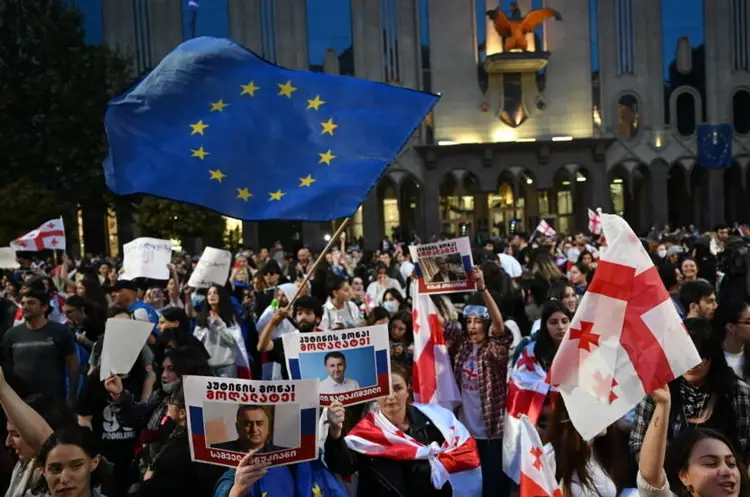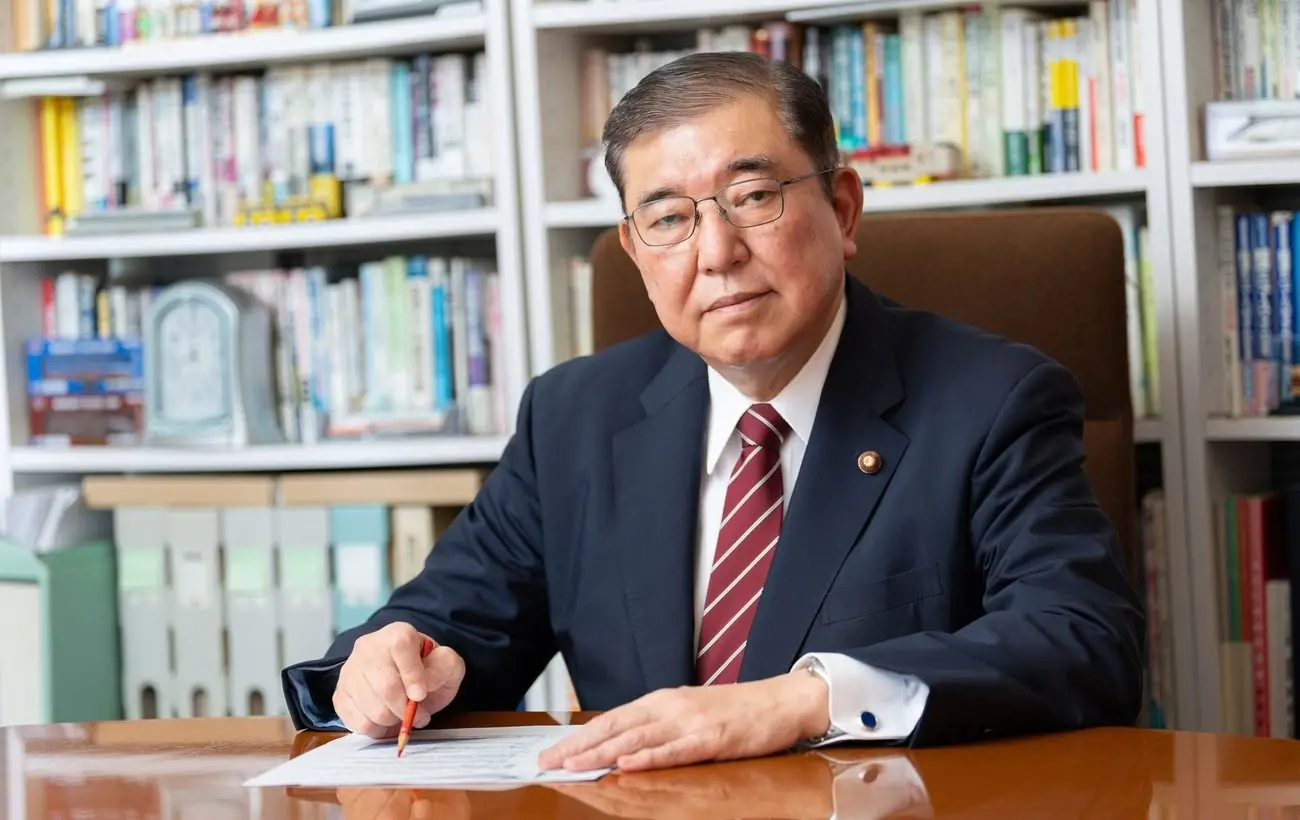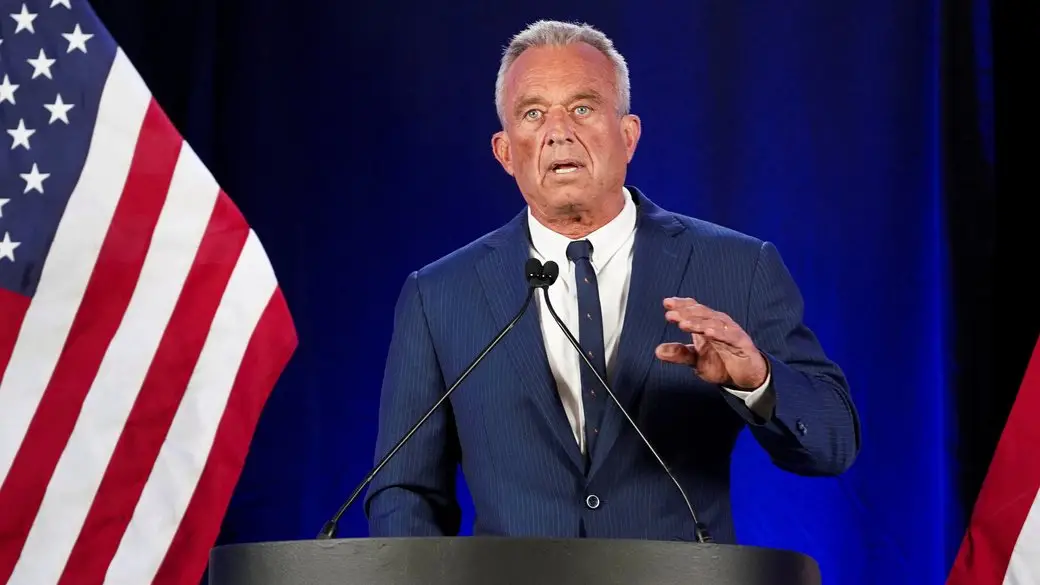India votes. How the world's largest democracy chooses its government
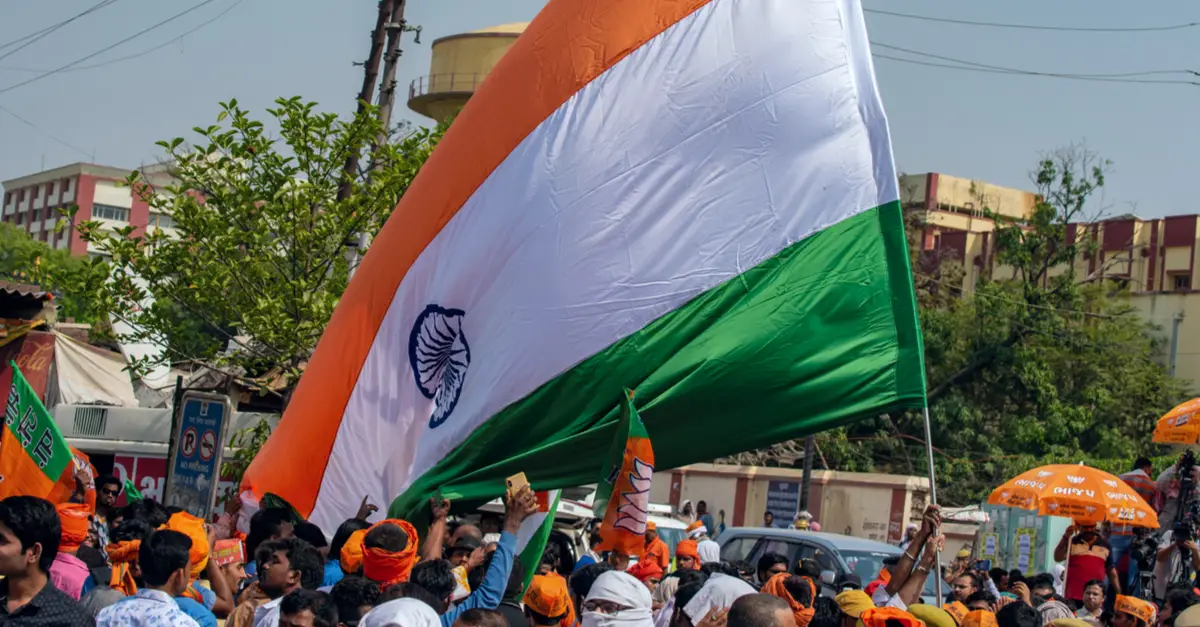
In these elections, about 600 million citizens elect 543 deputies for the next five years
India's 2024 general election is scheduled for a six-week period, from April 19 to June 1, and is expected to be the largest in world history.
Narendra Modi, the prime minister, is seeking to win the election for the third consecutive time. However, opposition forces are protesting the possible curtailment of freedoms if Modi remains in power.
Under Modi's leadership, India's economy overtook the British economy in 2023, becoming the fifth largest in the world. It is predicted that by 2027, India could overtake Japan and Germany to become the third largest economy. Modi plans to achieve the status of a developed country by the 100th anniversary of independence, that is, by 2047.
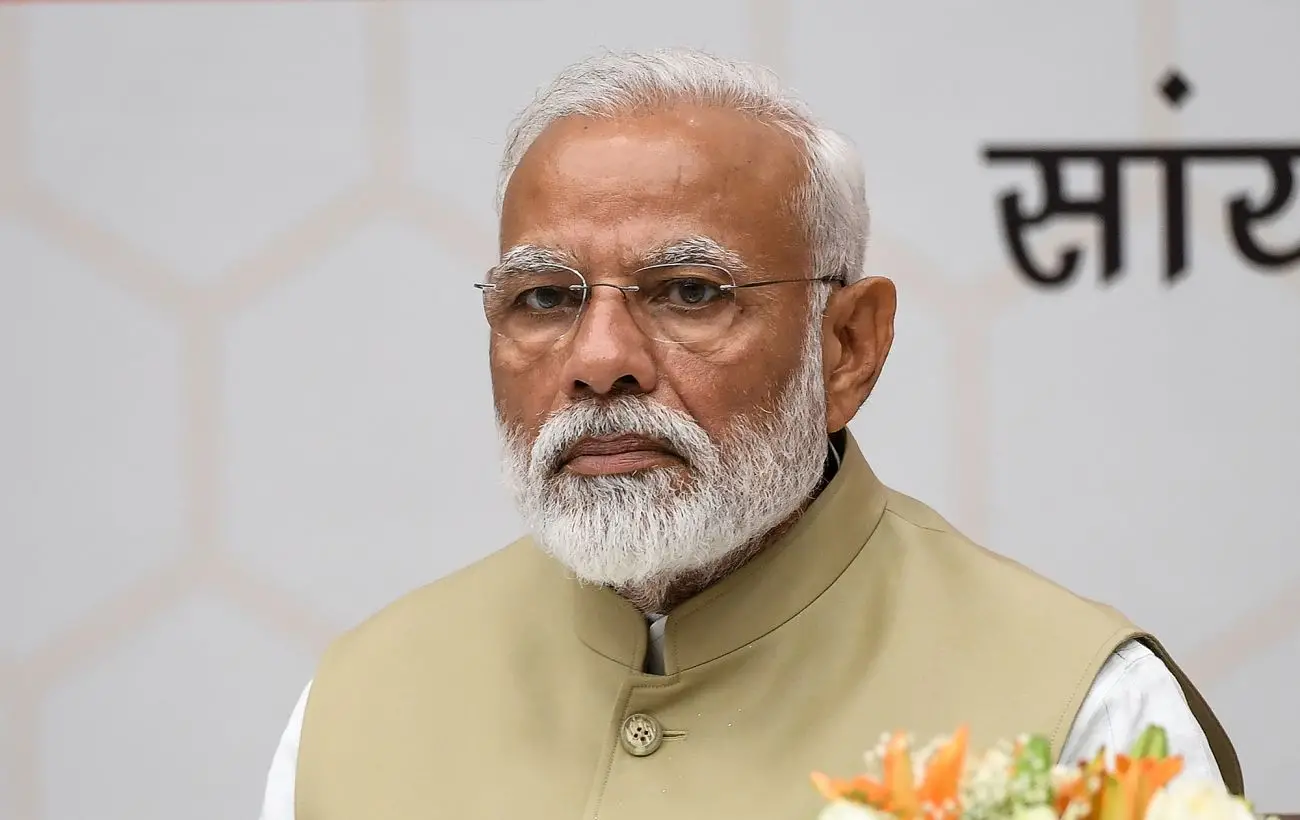
How the election is going
Voting takes place in different parts of India over seven days according to the following schedule: April 19, April 26, May 7, May 13, May 20, May 25, and June 1. The results are scheduled to be announced on June 4.
The staggered voting schedule allows for security to protect polling stations across the country.
Millions of electronic voting machines will be used in the election, allowing voters to choose between candidates or select "none of the above".
India, with 1.4 billion people, is the most populous country with 969 million people eligible to vote, about one in eight people in the world.
Indian citizens aged 18 and above who are registered in the electoral roll are eligible to vote and must present valid voter IDs.
Also, 13.4 million Indian citizens living abroad can vote, but they must register and travel to India to vote.
The Lok Sabha, or Lower House of Parliament, consists of 543 members, and a single party or coalition needs to win at least 272 seats to form a majority to govern the country.
Lok Sabha members are elected to five-year terms representing individual constituencies, with the candidate with the most votes winning.
In addition to the 543 seats, 131 seats are reserved for members of the Scheduled Castes and Scheduled Tribes, who make up approximately a quarter of India's population and are elected to parliamentary positions.
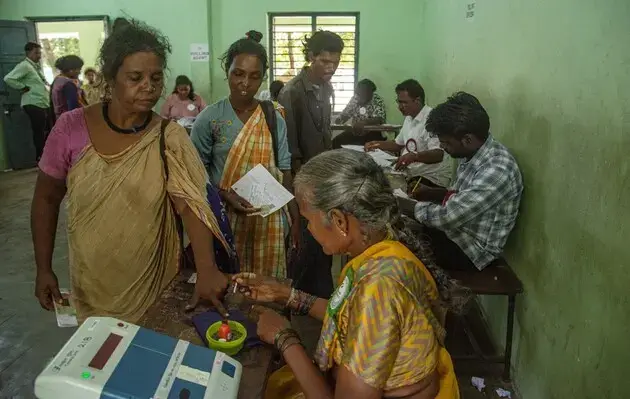
What forces are fighting for power
In recent decades, governments in India have changed, Over the past decades, giving way to the social-democratic Indian National Congress and the conservative Bharatiya Janata Party (also known as the BJP or the Indian People's Party), which actively supports the Hindu religious majority. Since 2014, the leadership has been taken over by BJP leader Narendra Modi.
Recent opinion polls suggest that Modi's Bharatiya Janata Party (BJP) and its allies will again win the upcoming elections to the Lok Sabha, India's lower house of parliament, for the third consecutive time.
The Lok Sabha elects the prime minister, who forms the government.
In the 2019 elections, the BJP won 303 seats out of 543 in the lower house, and the coalition it is part of, the National Democratic Alliance, won 352 seats in total.
In 2024, the main challenge to Modi's power comes from a coalition of political parties led by the Indian National Congress, the largest opposition party. More than two dozen parties have united in the Indian National Inclusive Development Alliance (INDIA for short). Among the leaders of this association is Rahul Gandhi, a representative of the Gandhi-Nehru political dynasty, the son of former Prime Minister Rajiv Gandhi (1984-1989) and the great-grandson of India's first Prime Minister Jawaharlal Nehru.
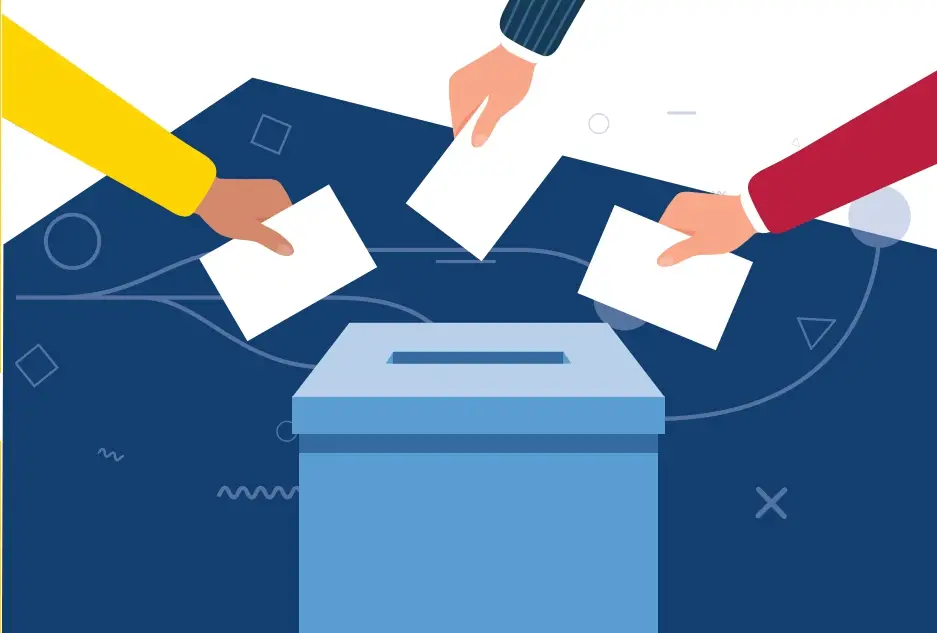
Is there a chance for the opposition to gain power
In recent decades, the political leaders of the Indian National Congress (INC) have been experiencing an internal split that has made it difficult to maintain a stable political course. Under the leadership of the BJP, changes have taken place that have weakened the influence of Gandhism, which is no longer crucial for the party. In addition, Sonia Gandhi's role no longer inspires much trust among the population due to her foreign origin and long absence from politics. Over time, the generation that still remembers the ideals of the Gandhian INC is losing relevance.
The INC has launched an active election campaign, including the Bharat Jodo Yatra in 2022. This trek, which covered 3.5 thousand kilometers through 12 states of India, was an attempt to revitalize the party's image and increase its popularity, especially of the Gandhi family. It allowed Gandhi to interact with the people, to actively express himself on issues of social justice, economic inequality and other problems of concern to society. The march became an important media event and made people talk about Gandhi and the INC, although the official media remained silent about the event.
Despite the success of the march, the INC has suffered significant losses of credibility in recent years. The influence of the Nehru-Gandhi dynasty has weakened significantly, and even a successful campaign did not save the political situation in the party.



